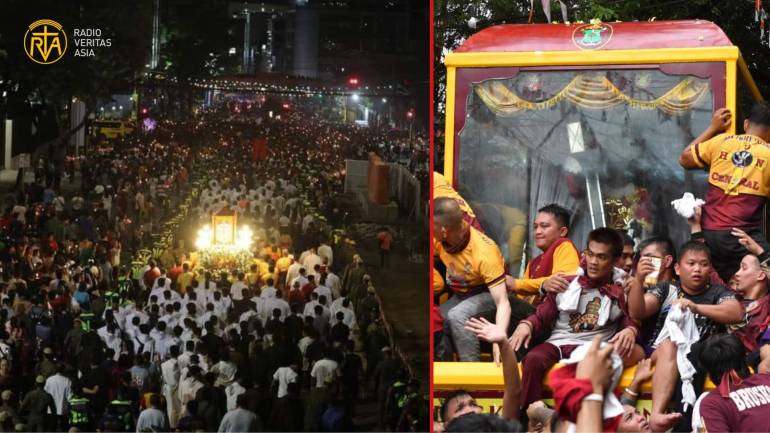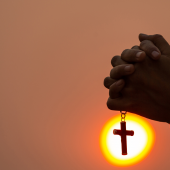Faith and Fanaticism: Philippine Experience

In 1994, the late Cardinal Ricardo Vidal, Archbishop of Cebu, urged Catholics to avoid the possession of altered images of the Santo Nino, “the colors of their robes being associated with materialism and superstition.
The image of Santo Niño de Cebu is one of the most beloved and recognizable cultural icons in the Philippines, found in both religious and secular places and replicated in many Filipino homes, jeepneys and buses, business establishments, malls, government offices, barangay halls, and schools.
Unfortunately, the Cardinal reported that people were selling Holy Child statuettes with alterations everywhere. This phenomenon indicates the Filipinos’ penchant for materialism and temporal favors and the confusion associated with the pagan culture of suerte, or luck.
“I have been saying all these years that the ‘devotion’ to the Santo Niño will go the way of all misguided ‘popular devotions’ that border more on the fanatical and the ridiculous,” notes Salesian priest Father Chito Dimaranan. “Increasingly, I see differing versions of the Santo Niño de la Suerte, Santo Niño de la Bolsa, Santo Niño holding a teddy bear, Santo Niño garbed in the color of money, or Santo Niño de Palaboy holding a walking stick.”
Like other dominantly Catholic nations, the Philippines becomes a tourist spot for fanatic performances during Holy Week. In the province of Pampanga, men with covered faces flagellate themselves as they walk around in a single pile, in what Kapampangan call pagdarame or “to empathize.” Flagellants do so to “empathize” with the suffering Messiah on His way up to Calvary. Be aware that this extreme kind of devotion is not a requirement for authentic Christian living.
Immediately after the first session of the Synod of Bishops in Rome (October 2023), we ran three separate Group Chats and video conferences, where the clergy, religious, academicians, and lay leaders across the country participated. This we did to get the pulse of Catholics on the ground and understand where we are as a Church.
The following are some of the questions and comments (partial and incomplete) selected from those online chats and conferences that are worth sharing with you:
- Where is the Catholic Church after 500 years of listening to long homilies in overcrowded churches, Catholic education, millions of pastoral meetings and congresses of all kinds, thousands of endless processions and “pilgrim walks,” and countless candles burned?
- Is the Catholic Church keeping the fire of Faith burning or encouraging fanaticism?
- After 500 years, why do the millions of Catholic devotees of the Black Nazarene appear to manifest an unexplainable, almost fanatic, desire for the wooden statue rather than for the Holy Eucharist?
- Why do some churches excel at planning and creating visually appealing logos or messages that receive insufficient post-event monitoring and evaluation?
- Filipinos are more sacramentalized than catechized. Mass baptism, mass wedding, mass absolution, etc.
- It appears that sacramentals matter more than the Sacraments. Is it the reason why more and more Filipino Catholics line up to kiss Padre Pio’s relic rather than go to confession?
- Is there a failure of evangelization in the country—a failure to evangelize the grassroots, politics and politicians, and the mainstream citizenry?
- The Catholic Faith is not about numbers, size, or even popularity.
- Faith is the complete rejection of the extremes of popular piety (putting great emphasis on touching the image, belief in the unverified Marian apparitions, and fake healings so prevalent among Filipino devotees).
- Pope Francis said in 2018: “The noble Church in the Philippines now stands among the great Catholic nations in the entire world.” But why are many people (locals and foreigners) not so convinced of this?
Father Dimaranan concludes that “pastoral leadership is sorely missing where it is needed most at this time” and recommends enduring pastoral guidance.
Radio Veritas Asia (RVA), a media platform of the Catholic Church, aims to share Christ. RVA started in 1969 as a continental Catholic radio station to serve Asian countries in their respective local language, thus earning the tag “the Voice of Asian Christianity.” Responding to the emerging context, RVA embraced media platforms to connect with the global Asian audience via its 21 language websites and various social media platforms.














